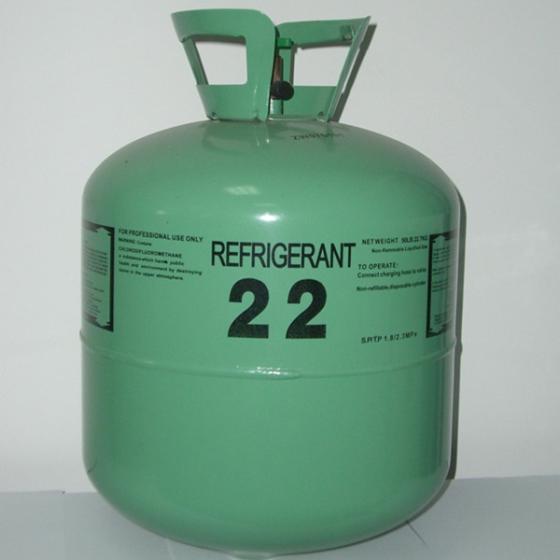The procedure can be depicted concisely along these lines: Refrigerant moves between two arrangements of loops in the framework, one inside and one outside. Along the indoor curl, the refrigerant assimilates heat from the inside, cooling the air. The refrigerant at that point moves to the outside loop and deliveries the warmth. The procedure at that point rehashes. There is a colossal measure of detail missing from that portrayal, however it likewise makes one wonder. We will address this significant inquiry. It will assist you with understanding some of the fixes that ACs can require during their lifetime. Whatever inconvenience you may have with your cooling in Beaverton, OR, you can call Clean Air Act whenever of the day or night for experienced and successful fixes.

What Refrigerant Is and What It Does?
Refrigerant is the nonexclusive name for the compound mix that pushes through a forced air system, transforming from a fluid to a gas as it assimilates and delivers heat. At times alluded to by the reserved name Freon, refrigerant has arrived in an assortment of types mixes during its history, beginning initially as harmful and flammable synthetic compounds and check this out https://vattunganhlanh.vn/san-pham/gas-lanh-r22-39.html to know more. The present mixes are protected and have no ozone-draining impact. Refrigerant can move effectively among fluid and gas states, which makes it perfect for ACs since it doesn’t take huge measures of vitality to cause the stage move. Refrigerant beginnings inside the blower, where the decrease of volume transforms it into a high weight gas about 150°F. It moves to the open air condenser loop, where the warm air which is as yet cooler than the refrigerant moves across it and causes build-up, which deliveries heat from the refrigerant.
The vaporous refrigerant at that point makes a beeline for the indoor curl, and is presently brought down to about 100°F. The gas travels through an extension gadget, dropping its temperature and pressure and transforming it to a fluid about 20°F. The cool refrigerant presently goes through the evaporator curl, and the hotter indoor air blowing over the loop experiences dissipation, warming the refrigerant and bringing down the indoor temperature. The refrigerant, presently around 50°F, comes back to the blower to restart the cycle. At no time in this procedure is refrigerant lost: it stays at a set level, known as its charge, consistently. Refrigerant will just lose its charge through spilling, which is a significant fix need; a brought down charge won’t just imperil cooling power, yet the adjustment in pressure in the framework can make harm the blower.

